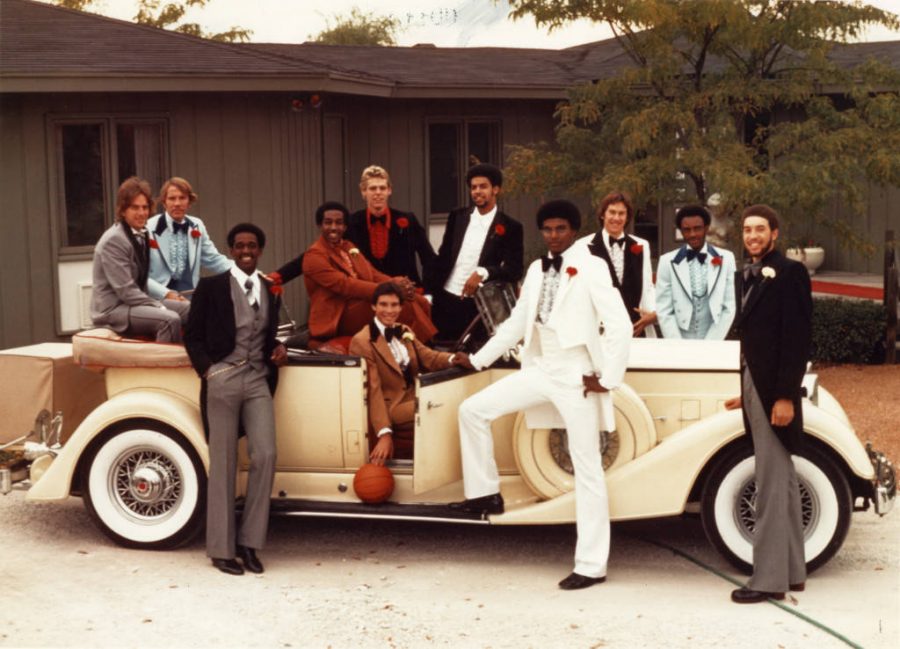Gesu Church will lose one of its oldest members as its historic pipe organ is shipped to Ohio for renovations.
The massive organ, with more than 5,000 pipes, has been “falling apart” since its last major renovation in 1955, said Brian Buggy, Gesu parishioner and chair of the Organ Renovation Project. Sections of the 114-year-old instrument have become unplayable as mechanical devices have worn out.

Workers from the Schantz Organ Company in Orrville, Ohio will replace 40 percent of the organ’s original pipes and rebuild it with its original case. Workers will adjust wood pipes so they “speak” properly as they wash, clean and remove dents from other pipes, said Rob Baumgartner, job foreman for the company.
It will take at least two semitrailers, one of which is parked in front of Johnston Hall, to bring the organ to the company’s warehouse.
Dried out leather parts and gaps in the total organ structure could not be repaired in-house, said Dan Domrois, director of Gesu’s Music Ministry.
The new organ should last 70 years with periodical tunings and maintenance two or more times a year, Domrois said.
The new organ will have 64 ranks and will be smaller than the old organ. A rank is one complete row of pipes, Buggy said.
The $1.05 million project should be completed by the end of 2010.
A seed grant within the parish endowment is helping pay for the project. The church has also received donations from 20 main parish donors and other contributors.
Until Gesu’s organ returns home, churchgoers will listen to an electronic organ.
Domrois said electronic organs are good when there isn’t enough space for a pipe organ, but pipe organs have a better sound. A pipe organ moves air out of its pipes, while an electronic organ simply vibrates the air.
“In this space, it has to be a pipe organ,” he said.
The idea for the organ renovation first developed in 2000 and formal planning began two years later, Buggy said.

The church is trying to raise extra funds to make the organ larger and more versatile, he said. Buggy estimates the church has until February for fundraising – that’s when blueprints will be finalized and Schantz will begin reconstructing the organ.
An 89-rank organ would cost $1.3 million, he said.
“We even have plans beyond that if someone wins the lottery,” Buggy said.
Whether the organ is 64 ranks or larger, it will have some computerized parts that can perform state of the art acoustic tricks, Buggy said. For example, the organ can record a song and play it back while the organist listens elsewhere.
Organists get a very different perspective of a song sitting at the organ’s console and in the sanctuary, Domrois said.




